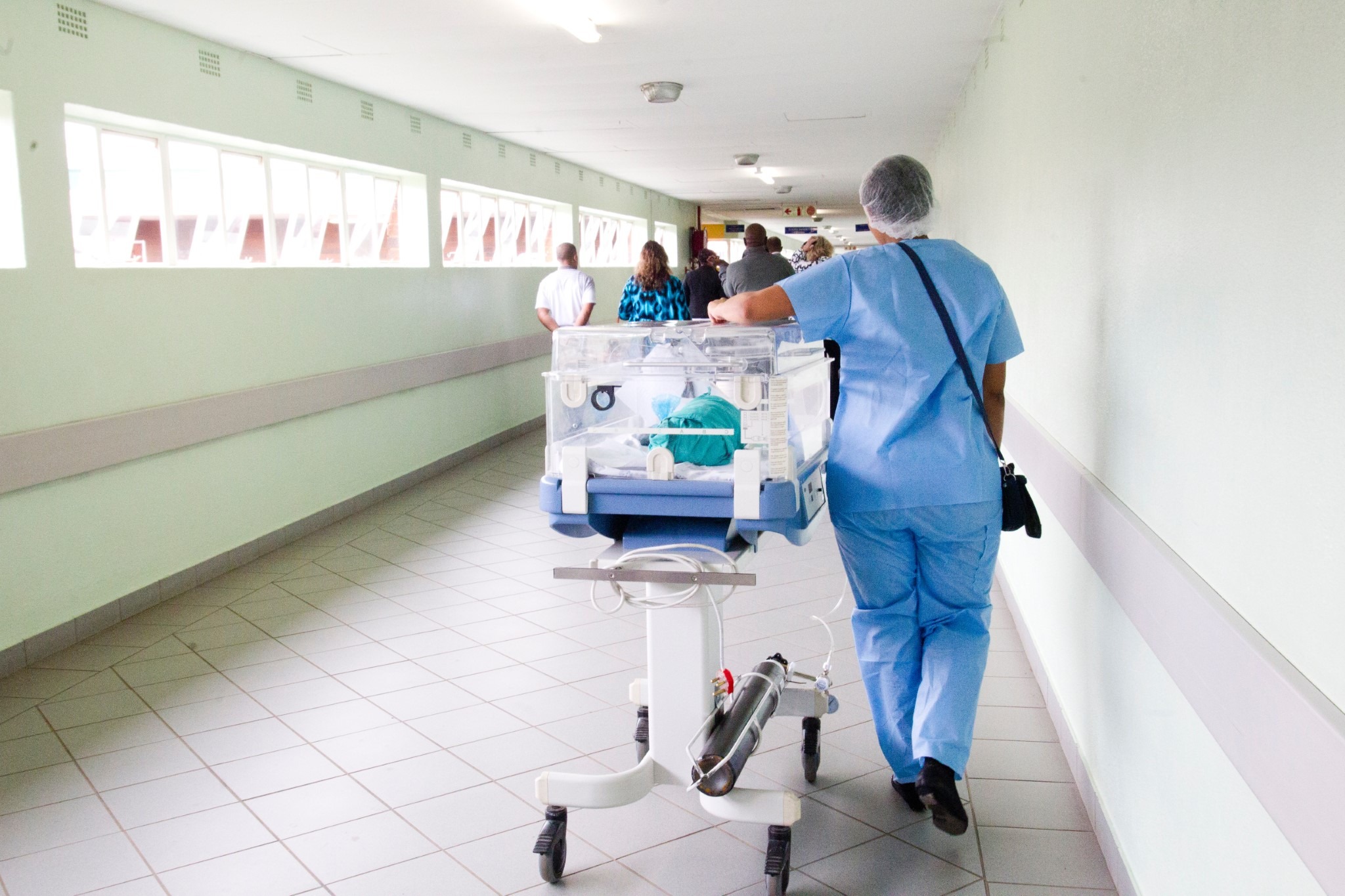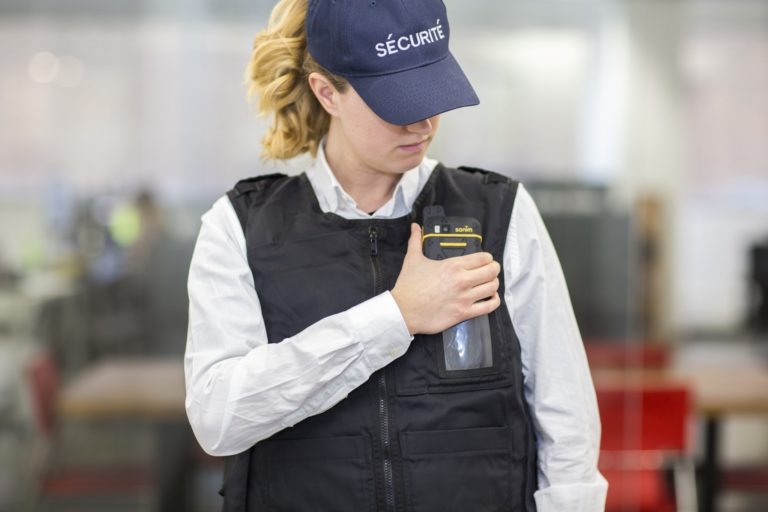Security and safety professionals operating in the healthcare sector face a unique set of challenges. With facilities catering to people at their most vulnerable, the stakes couldn’t be higher.
Creating a safe and secure environment
Security and safety professionals protecting healthcare facilities are in many ways on the front line of patient care. Without a safe and secure environment, dedicated healthcare professionals wouldn’t be able to provide the care their patients need. When the outcome could literally be life or death, the last thing healthcare workers need is to worry about security. And yet security is a major concern with the Occupational Safety and Health Administration (OSHA) reporting that violence is four times more likely to occur in healthcare settings than in other sectors.
Healthcare facilities bring specific risks
Hospitals, health centres, wards and other healthcare facilities present fast-moving environments that are designed to be open and accessible to the public. Often the public visiting these facilities are under a great deal of stress, may be under the influence of alcohol or narcotics, or be suffering from mental health issues. Behaviour can often be erratic and situations can escalate into violence quickly. As well as these concerns are the actions of those with criminal intent. Healthcare facilities are prime targets for theft given the value of the equipment and pharmaceuticals they house.
To get a better understanding of the healthcare security landscape, download TrackTik’s whitepaper on the Healthcare industry.
No room for surprises
Faced with a potentially high-risk, and vulnerable environment, what are the priorities for healthcare security? The demands are such that security providers, whether in-house or contracted, need to have a real-time, 360 degree view over their security operations. They need to maintain adequate staffing levels, be able to quickly respond to incidents, ensure an excellent level of service, and make sure staff with the right background and training are assigned to healthcare environments. Coupled with these considerations may be regulatory obligations, such as in California, to accurately log all violent incidents. Ultimately, in the healthcare sector, the need is for a “proactive rather than reactive” approach to running security operations.
Bringing technology to the healthcare security industry
In a world where technology has become part of everyday lives – from online banking, fitness tracking and online grocery shopping – it’s easy to forget that the security industry remains largely behind in terms of technology adoption. The challenges security professionals face is that security can be primarily seen as a cost center, with difficult-to-measure ROI. While a necessity in the healthcare sector, margins continue to be tight and budgets need defending.
That’s where cloud-based security workforce management platforms can add real value. They represent a cost-effective solution to the challenges facing healthcare security providers. These platforms cut time spent on planning and back office functions, and most importantly, deliver the data-driven insights needed for more proactive security planning. By being able to track and report on security incidents over time, security providers can more accurately assign resources, spot trends and pre-empt major incidents before they occur.
By seizing the opportunities presented by security workforce management technology, healthcare safety and security professionals can step up to play a partnership role in the healthcare ecosystem. This is because providing a more efficient and accountable service ultimately contributes to a safer healthcare environment and allows healthcare professionals to focus on saving lives.



